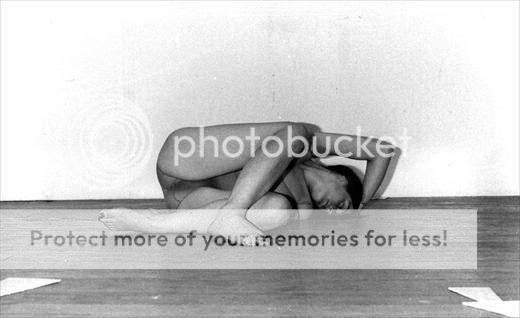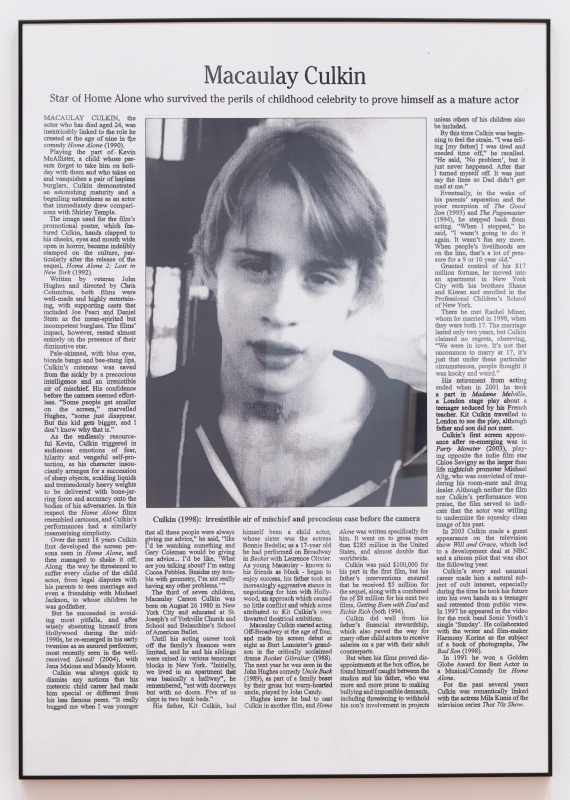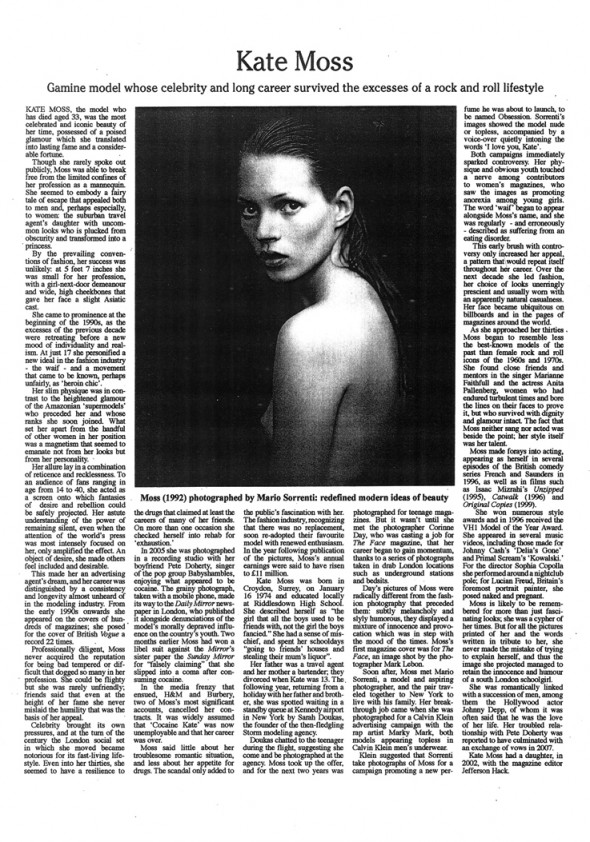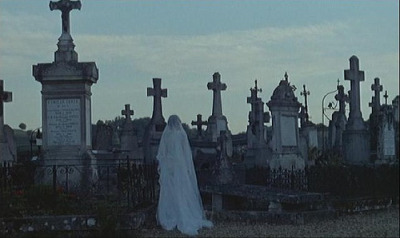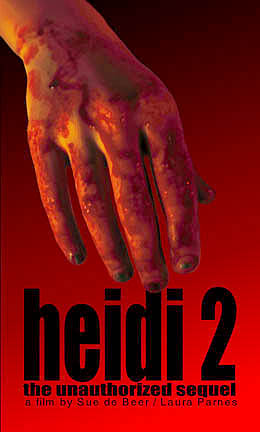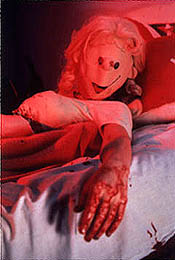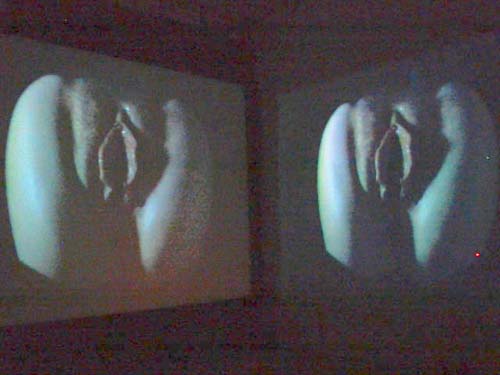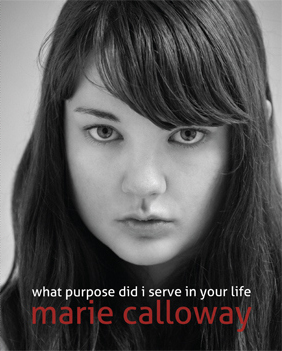Cosey Fanni Tutti (born Christine Newby, 4 November 1951) is a performance artist and musician best known for her time in the avant-garde groups Throbbing Gristle and Chris & Cosey.
http://en.wikipedia.org/wiki/Cosey_Fanni_Tutti
On the 19th of May this year Cosey Fanni Tutti gave a lecture to the fine art students of Leeds Polythecnic [sic]. This lecture and the question/answer period that followed are reproduced here as the basis for this special issue of Flowmotion attempting to, within out space limitations, give as thorough and clear a picture as possible of Coseys [sic] work over the last ten years as a performance artist with Coum Transmissions (including her striptease and modelling [sic] work), and as a musician with Throbbing Gristle and C.T.I.
For Szabo"
A one-sided C60 with a newspaper magazine featuring articles, readings and interviews on Cosey Fanni Tutti, Throbbing Gristle and CTI.
Tracks are mixed together.
http://www.discogs.com/Cosey-Fanni-Tutti-Time-To-Tell/release/682091
Time to Tell was a 1983 cassette-only release on the Flowmotion label (though it has since been rereleased on CD).
It came as a one-sided C60 tape with a newspaper magazine insert featuring articles, readings and interviews on Cosey, Throbbing Gristle and Coum Transmissions.
It was Cosey’s first solo release, a foray into early dark ambient territory,with sultry spoken word passages.
http://www.basic.fm/time-to-tell-cosey-fanni-tutti/
I 'd been wanting to get my work as a performance artist, musician, model etc. together in some form for a long time. For my own mind really. It's always after the event that you begin to see the relevance of certain actions and situations. It all begins to make more sense that events unfurled the way they did. And Time To Tell was a perfect way of expressing how I felt about all those moments and how they all related to one another in some way at varying times in my life. That all those different pieces of the puzzle were me and each a very valid part . When you're busy experiencing and creating for me, the last thing on my mind was what did it all mean? Maybe at particular stages along the way things just slotted into place and presented themselves as being just right, but it was, and still is, in the aftermath where I begin to piece it all together and gain in whatever way from my work and my life. The putting together of Time To Tell felt right and it didn't seem an awesome task, l was interested in looking back at myself. I was far enough removed both in time and emotionally as a person, to see my previous work in a very different light. It's weird reading your own thoughts from as far back as 18 years ago! Like reading the highlights of an old diary.
Time To Tell was in the pipeline for about 4 years. As a re-released version that is. First of all, it was with a Scottish label for a year and nothing materialised, so I got the parts back for safe keeping. Then it was with Waxtrax for a time. Then all sorts of things went wrong over there and I knew the release would never happen. I asked for the parts back, but never got a thing returned. All those photos, text, tape, everything just sitting somewhere. So I had to get it collated all over again . Dupe the photos etc. I think all along it was meant to be released on our own label. It was all too personal to be under the control of someone else. I'm glad because it meant I could take stuff out and add pieces that were more coherent or more relevant . I also realised that it had been impractical of me to expect someone else to sit and put this project together. I really had to be the one because there were so many decisions on small levels as well as larger ones.
Getting it together was a very strange experience . Stranger than re-mastering and going over the old TG territory again. For one thing I was in and out of hospital in a weird frame of mind at what was happening to me and there I was with my life's work before me, editing it and assembling it like some bloody epitaph. It was morbid at one point when things were uncertain, l was beginning to think it would be my last statement! I reckon we all think we're immortal until we get that ever so real jolt. It made me sort the crap out of my life immediately. I never was one to humour arseholes but now I dismiss them in a less aggressive way, a bit like changing channels on the TV. I'm less aggressive generally now and more efficient with my energy as to where, who and on what I choose to expend it.
http://throbbing-gristle.com/COSEYFANNITUTTI/content/texts/pugzine.html
The wonderful Cosey Fanni Tutti: stripper, nudie model, guitarist, Throbbing Gristle founding member, transgressive performance artist, and perpetual ray of sunshine. This 2000 CD comprises tracks intended to accompany performance art ‘actions’ by Ms. Tutti from 1983 and 1984, originally released on a limited cassette. Its dark, spacey scapes were accomplished with electronics and ambient guitar work, and showcase Cosey’s sonic vision immediately post-Gristle. The performances themselves must have been heartstopping affairs, but the music stands alone. It sounds a bit like her work with Gristle, especially, unsurprisingly, her solo track on ‘DOA,’ with a deeply mystical and feminine atmosphere. Lengthy t.2 features a reverbed-out lecture from Cosey on the interpersonal aspects of the striptease, a vocation the artist held sporadically (as an art experiment) during the late 70s and early 80s. Her sultry, intellectual monologue style pops up a bit on other tracks too, but it’s sometimes hard to tell what she’s saying because of the effects. For more information on the insane performances these tracks accompanied, which focused on demystification of the female body (hence the album’s title), don’t miss the fascinating liner notes. “…I have lost the element within me which suggests as a woman I must always appear sexually presentable.”
Lord Gravestench
http://spidey.kfjc.org/?p=10595
http://en.wikipedia.org/wiki/Cosey_Fanni_Tutti
On the 19th of May this year Cosey Fanni Tutti gave a lecture to the fine art students of Leeds Polythecnic [sic]. This lecture and the question/answer period that followed are reproduced here as the basis for this special issue of Flowmotion attempting to, within out space limitations, give as thorough and clear a picture as possible of Coseys [sic] work over the last ten years as a performance artist with Coum Transmissions (including her striptease and modelling [sic] work), and as a musician with Throbbing Gristle and C.T.I.
For Szabo"
A one-sided C60 with a newspaper magazine featuring articles, readings and interviews on Cosey Fanni Tutti, Throbbing Gristle and CTI.
Tracks are mixed together.
http://www.discogs.com/Cosey-Fanni-Tutti-Time-To-Tell/release/682091
Time to Tell was a 1983 cassette-only release on the Flowmotion label (though it has since been rereleased on CD).
It came as a one-sided C60 tape with a newspaper magazine insert featuring articles, readings and interviews on Cosey, Throbbing Gristle and Coum Transmissions.
It was Cosey’s first solo release, a foray into early dark ambient territory,with sultry spoken word passages.
http://www.basic.fm/time-to-tell-cosey-fanni-tutti/
I 'd been wanting to get my work as a performance artist, musician, model etc. together in some form for a long time. For my own mind really. It's always after the event that you begin to see the relevance of certain actions and situations. It all begins to make more sense that events unfurled the way they did. And Time To Tell was a perfect way of expressing how I felt about all those moments and how they all related to one another in some way at varying times in my life. That all those different pieces of the puzzle were me and each a very valid part . When you're busy experiencing and creating for me, the last thing on my mind was what did it all mean? Maybe at particular stages along the way things just slotted into place and presented themselves as being just right, but it was, and still is, in the aftermath where I begin to piece it all together and gain in whatever way from my work and my life. The putting together of Time To Tell felt right and it didn't seem an awesome task, l was interested in looking back at myself. I was far enough removed both in time and emotionally as a person, to see my previous work in a very different light. It's weird reading your own thoughts from as far back as 18 years ago! Like reading the highlights of an old diary.
Time To Tell was in the pipeline for about 4 years. As a re-released version that is. First of all, it was with a Scottish label for a year and nothing materialised, so I got the parts back for safe keeping. Then it was with Waxtrax for a time. Then all sorts of things went wrong over there and I knew the release would never happen. I asked for the parts back, but never got a thing returned. All those photos, text, tape, everything just sitting somewhere. So I had to get it collated all over again . Dupe the photos etc. I think all along it was meant to be released on our own label. It was all too personal to be under the control of someone else. I'm glad because it meant I could take stuff out and add pieces that were more coherent or more relevant . I also realised that it had been impractical of me to expect someone else to sit and put this project together. I really had to be the one because there were so many decisions on small levels as well as larger ones.
Getting it together was a very strange experience . Stranger than re-mastering and going over the old TG territory again. For one thing I was in and out of hospital in a weird frame of mind at what was happening to me and there I was with my life's work before me, editing it and assembling it like some bloody epitaph. It was morbid at one point when things were uncertain, l was beginning to think it would be my last statement! I reckon we all think we're immortal until we get that ever so real jolt. It made me sort the crap out of my life immediately. I never was one to humour arseholes but now I dismiss them in a less aggressive way, a bit like changing channels on the TV. I'm less aggressive generally now and more efficient with my energy as to where, who and on what I choose to expend it.
http://throbbing-gristle.com/COSEYFANNITUTTI/content/texts/pugzine.html
The wonderful Cosey Fanni Tutti: stripper, nudie model, guitarist, Throbbing Gristle founding member, transgressive performance artist, and perpetual ray of sunshine. This 2000 CD comprises tracks intended to accompany performance art ‘actions’ by Ms. Tutti from 1983 and 1984, originally released on a limited cassette. Its dark, spacey scapes were accomplished with electronics and ambient guitar work, and showcase Cosey’s sonic vision immediately post-Gristle. The performances themselves must have been heartstopping affairs, but the music stands alone. It sounds a bit like her work with Gristle, especially, unsurprisingly, her solo track on ‘DOA,’ with a deeply mystical and feminine atmosphere. Lengthy t.2 features a reverbed-out lecture from Cosey on the interpersonal aspects of the striptease, a vocation the artist held sporadically (as an art experiment) during the late 70s and early 80s. Her sultry, intellectual monologue style pops up a bit on other tracks too, but it’s sometimes hard to tell what she’s saying because of the effects. For more information on the insane performances these tracks accompanied, which focused on demystification of the female body (hence the album’s title), don’t miss the fascinating liner notes. “…I have lost the element within me which suggests as a woman I must always appear sexually presentable.”
Lord Gravestench
http://spidey.kfjc.org/?p=10595



